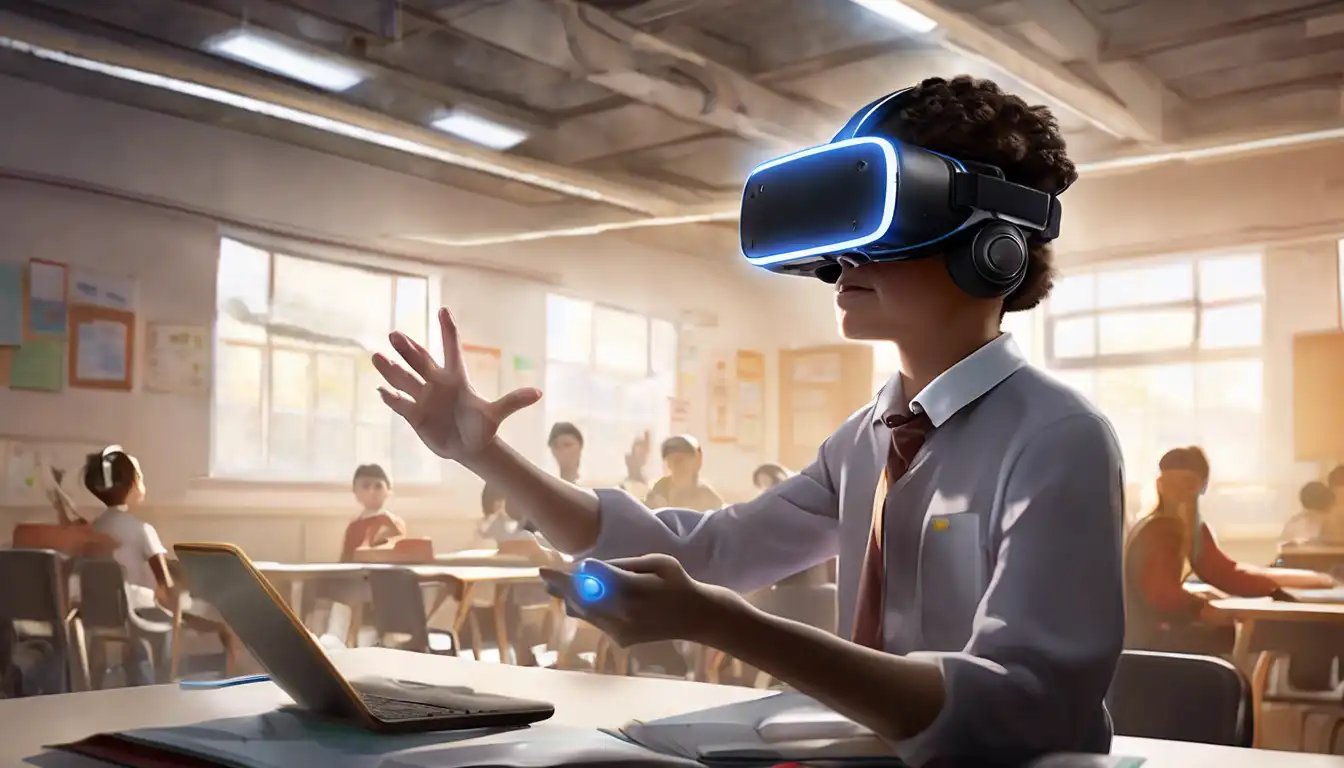The Transformative Impact of Virtual Reality on Learning and Skill Development
Virtual Reality (VR) technology has rapidly evolved from a futuristic concept into a practical tool that is reshaping industries, including education and training. By creating immersive, interactive environments, VR offers unparalleled opportunities for experiential learning and skill acquisition. This article delves into the potential of VR in revolutionizing educational methodologies and training programs across various sectors.
Why VR in Education and Training?
The adoption of VR in education and training is driven by its ability to simulate real-world scenarios in a controlled, safe environment. This not only enhances learning outcomes but also significantly reduces the risks and costs associated with traditional training methods. From medical students performing virtual surgeries to mechanics troubleshooting virtual engines, the applications are limitless.
Benefits of VR in Learning
- Enhanced Engagement: VR's immersive nature captures learners' attention, making education more engaging and enjoyable.
- Improved Retention: Studies show that learning in a VR environment can lead to higher retention rates compared to traditional methods.
- Safe Learning Environment: VR allows learners to make mistakes and learn from them without real-world consequences.
- Accessibility: VR can bring distant or inaccessible environments to the learner, breaking geographical and physical barriers.
Applications of VR in Various Fields
The versatility of VR technology enables its application across a wide range of fields. In medical education, VR simulations are used for surgical training, allowing students to practice without risking patient safety. In the corporate sector, VR is transforming employee training programs, from soft skills development to technical skills enhancement. The military utilizes VR for combat training, providing soldiers with realistic battlefield scenarios without the dangers of live exercises.
Challenges and Considerations
Despite its potential, the integration of VR into education and training is not without challenges. High costs of VR equipment, the need for technical expertise, and concerns over prolonged use are significant barriers. However, as technology advances and becomes more affordable, these challenges are expected to diminish, paving the way for wider adoption.
The Future of VR in Education and Training
The future of VR in education and training looks promising, with ongoing advancements in technology making it more accessible and effective. As educators and trainers continue to explore its potential, VR is set to become an integral part of learning and development strategies, offering immersive experiences that were once unimaginable.
In conclusion, VR holds the key to unlocking new dimensions in education and training. By providing immersive, interactive learning experiences, VR technology is not just enhancing traditional methods but is also creating new paradigms for knowledge acquisition and skill development. The journey of VR in education and training is just beginning, and its full potential is yet to be realized.
